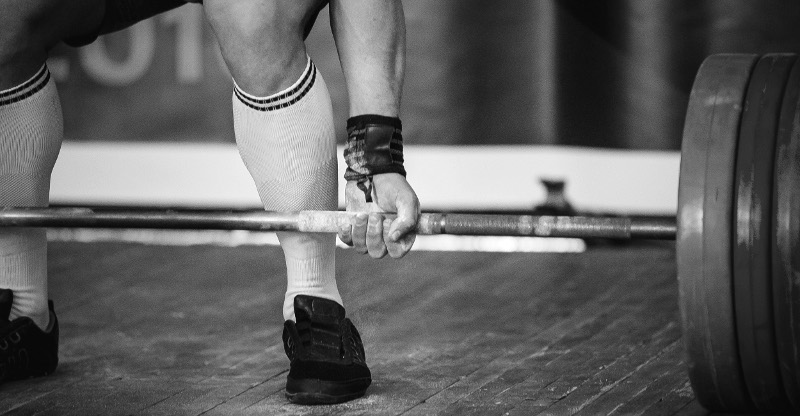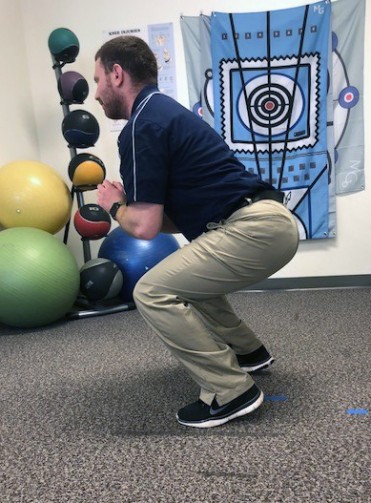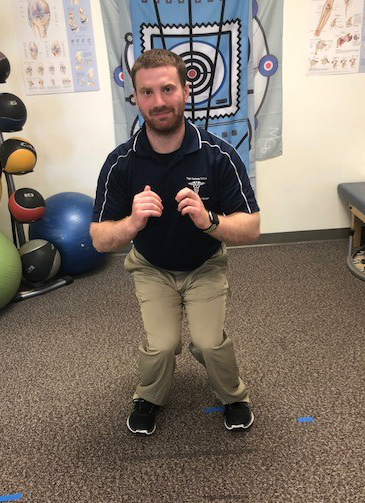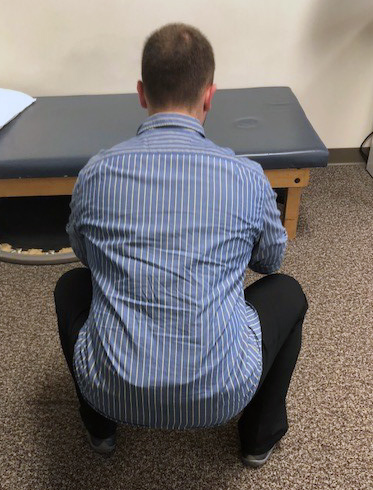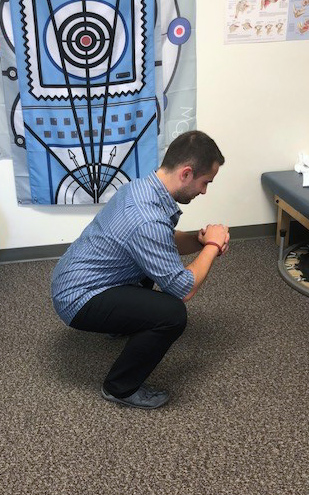How much information do we get from a squat assessment?
By Andrew Gaetano, PT, DPT, OCS, CSCS
Squatting is one of those activities that we all know how to do as toddlers- in fact if you watch the way most young children squat it should be an example for us all. Somewhere along the way some minor, subtle changes occur and a lot of us totally lose our ability to squat.
If you ever have a discussion with us in the clinic, we’re educating you on how and why these changes can lead to problems. Why is this important, you may ask? Well even though you may not realize it, all of us perform this movement way more than we think, or at least, we should. A squat assessment can reveal functional movement related to:
- That laundry basket on the floor- how do you get it from once place to other?
- The couch or chair your sitting into or getting up from, what is happening to you body during that motion?
- How about getting out of your car?
- Picking up your kids?
- Exercising?
How You Squat
How you squat can tell us a lot of information, and if it isn’t optimal, there are compensations occurring that can lead to pain, dysfunction and injury.
Everything is connected. Everything. It starts at your upper body:
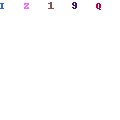
When you are on your way down, does you upper back and shoulder complex allow for normal mobility? If not a compensatory forward lean may occur.
-
Do your core/gluteal and lower back stabilizing muscles support you enough so that you don’t
fall backward, forward, or sideways?
-
If not, the pelvis and lower back may go into
compensatory extraneous movements
- Do your hips allow for normal mobility and stability so that your legs are supported correctly?
-
Do your knees and ankles allow for normal mobility
and stability so that you can properly get
deep into a squat?

Can your foot properly support itself under
your weight?
If you are interested in learning how to optimize your mechanics, create healthy movement patterns and reduce your chance of injury and dysfunction, we’re the experts in human movement and how to correct it.
To learn more about the mechanics of squatting to avoid injury, contact us at Capital Area Physical Therapy at one of our PT clinics in Saratoga,or Queensbury. Our experienced therapists will conduct a professional sports evaluation and screening.

